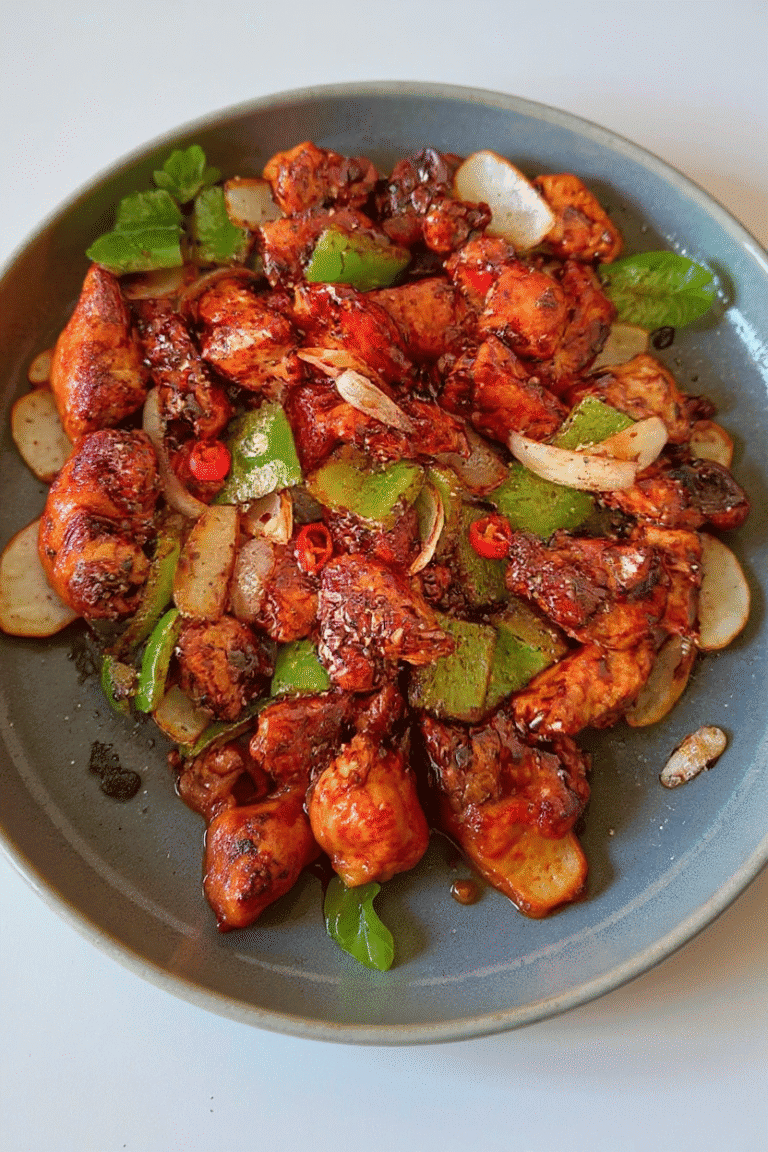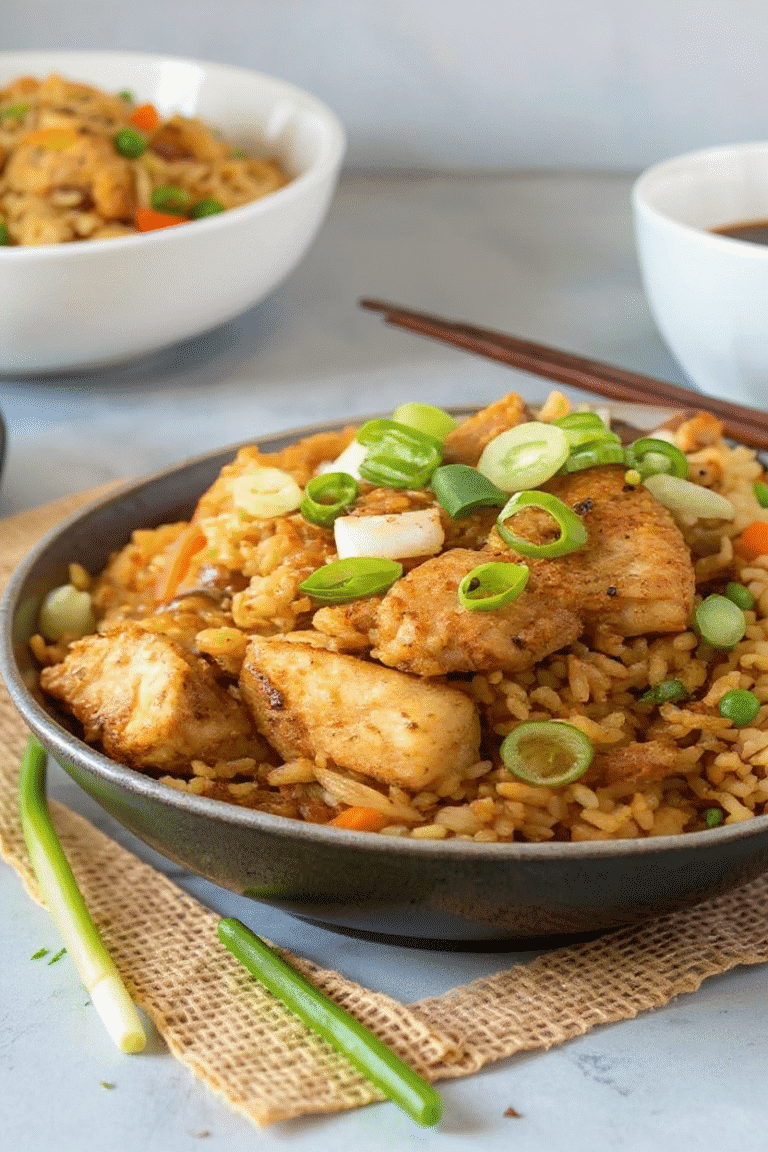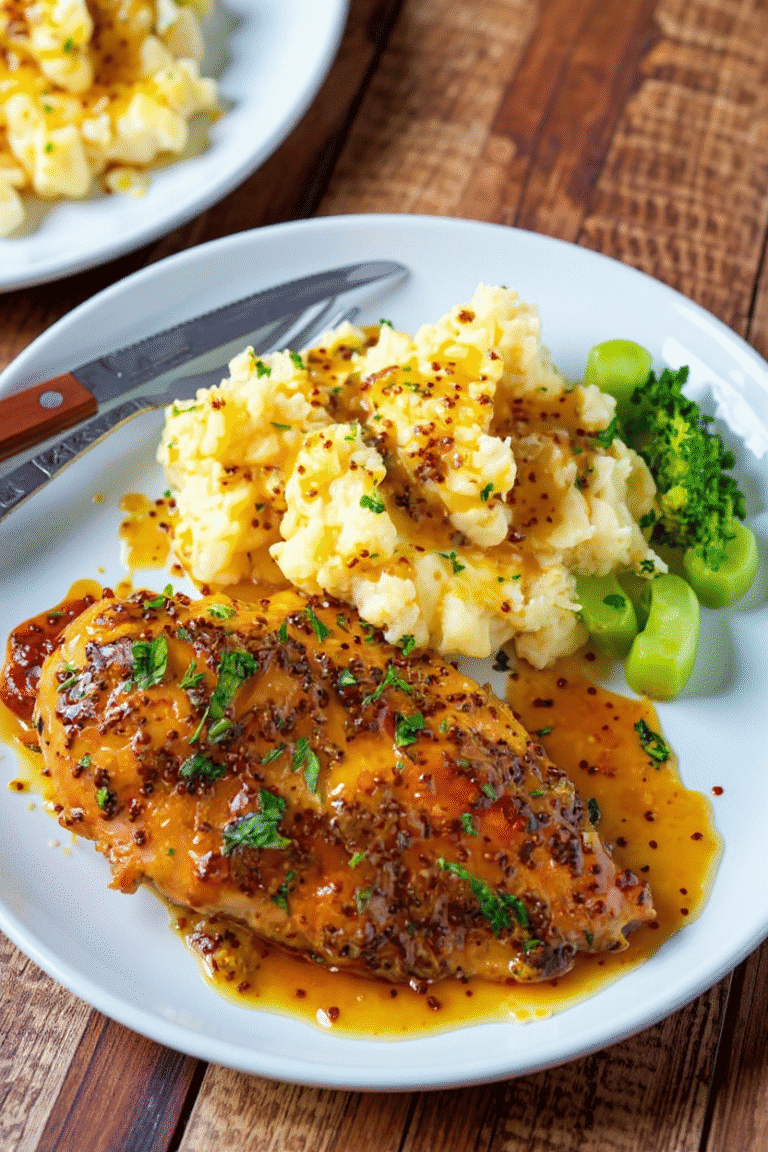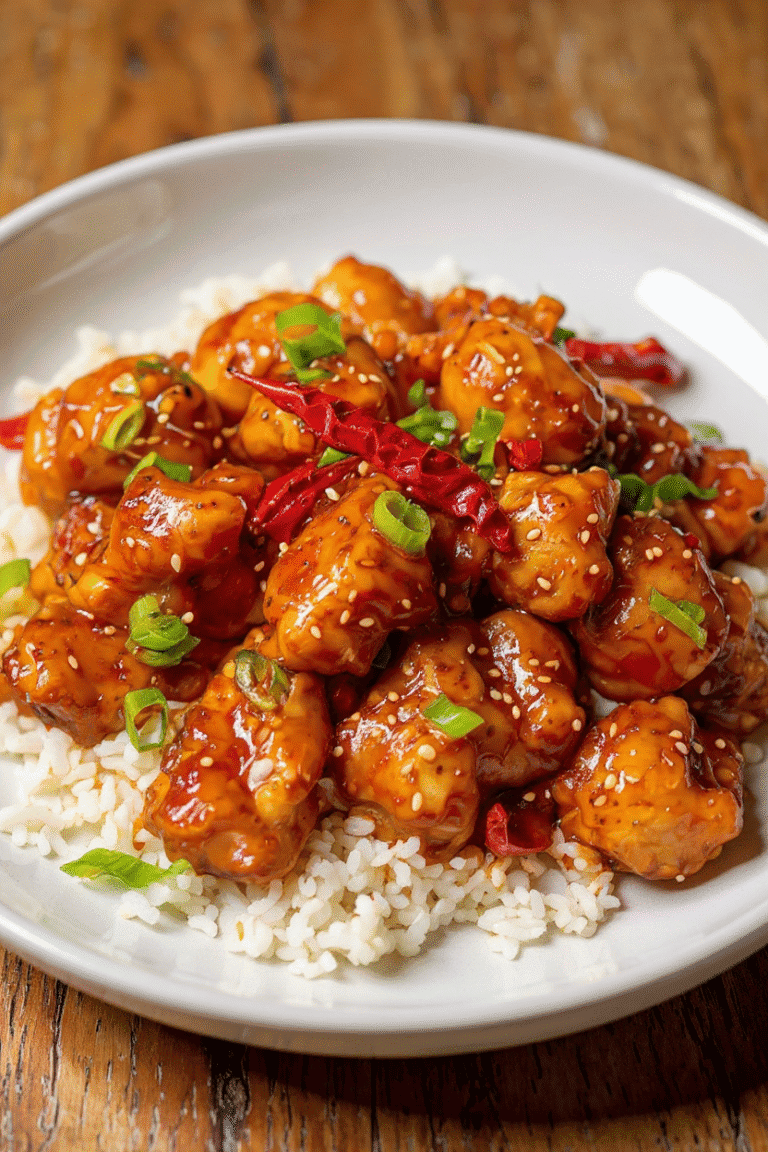The Perfect Old-Fashioned Hoe Cake Recipe: Simple, Crispy & Delicious
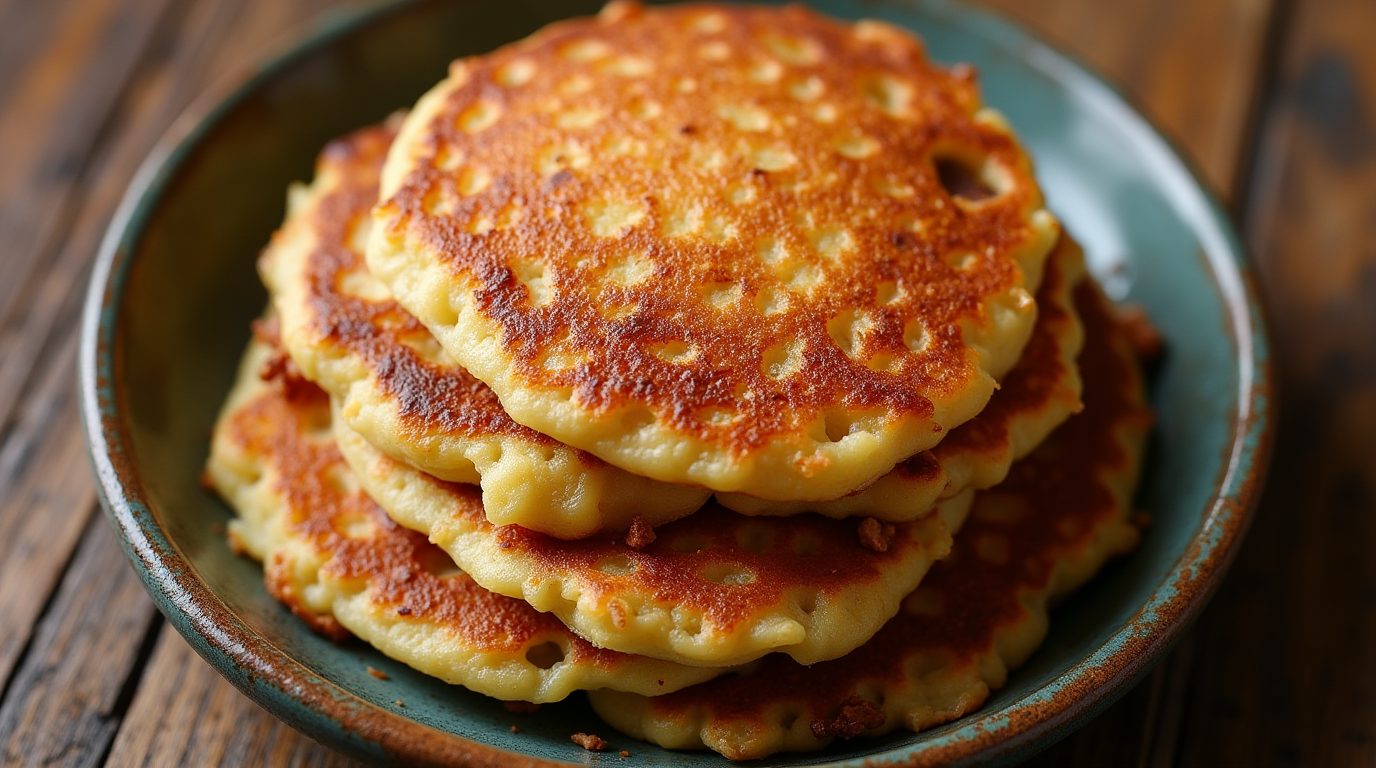
Have you ever yearned for a taste of simple, rustic comfort food that whispers tales of bygone eras? Imagine a golden, crispy-edged cornmeal pancake, slightly savoury with a hint of sweetness, perfect for soaking up melted butter and syrup. It’s a humble dish with a rich history, and we’re here to show you that you can easily recreate this culinary magic in your own kitchen! We’re talking about the classic hoe cake recipe, a delightful treat that’s as satisfying to make as it is to eat. Forget complicated baking; this is all about simple ingredients coming together to create something truly special – a **Southern hoe cake** experience you won’t forget.
Table of Contents
What Exactly is a Hoe Cake? A Glimpse into Culinary History
A hoe cake is a type of simple cornmeal flatbread or pancake with deep roots in American Southern cuisine. The name itself is quite evocative and speaks to its humble origins. Historically, these cornmeal cakes were supposedly cooked by field workers on the flat metal blade of their garden hoes, held over hot coals or an open fire. While this romantic image is debated by some historians, who suggest “hoe” might refer to a type of griddle, the legend certainly adds to its rustic charm.
Essentially, a traditional hoe cake recipe involves a basic batter of cornmeal, hot water or milk/buttermilk, and salt, fried in fat (like bacon grease or butter) until golden and crispy. They are characteristically thin and often have delightfully lacy, crispy edges. They are similar to other cornmeal flatbreads found in various cultures, but the **Southern hoe cake** holds a special place in culinary folklore. Sometimes, you might hear them referred to as **Johnny cakes**, though there can be regional variations in ingredients and preparation methods for both.
Gathering Your Ingredients: The Simplicity of Our Hoe Cake Recipe
One of the most appealing aspects of a traditional hoe cake recipe is its simplicity. You likely have most, if not all, of these ingredients in your pantry already. Here’s what we recommend for our classic version:
Core Ingredients for Authentic Flavour:
- Fine or Medium-Grind Cornmeal: 150g (about 1 cup). Yellow or white cornmeal works, but stone-ground often yields a more flavourful result. Avoid cornflour (cornstarch) or polenta, as they have different textures.
- Hot Water (or Buttermilk/Milk): About 240- 300ml (1 to 1 1/4 cups). Hot water is traditional and helps to “bloom” the cornmeal, softening it. Buttermilk or milk will create a slightly richer, more tender hoecake. We’ll discuss this more later.
- Salt: 1/2 teaspoon, or to taste.
- Optional Sweetener: 1-2 teaspoons of sugar or a drizzle of honey/maple syrup if you prefer a slightly sweeter hoecake. This is not strictly traditional for all **hoe cake recipes** but is a common addition.
- Fat for Frying: 2-3 tablespoons of bacon grease, lard, butter, or vegetable oil. Bacon grease adds a fantastic savoury depth!
Why Hot Water or Buttermilk?
The liquid used in your hoe cake recipe significantly impacts the final texture and flavour:
- Hot Water: This is the most traditional method. The hot water scalds the cornmeal, causing it to swell and soften, resulting in a tender interior and a distinct corn flavour. It also tends to create crispier edges.
- Buttermilk or Milk: Using buttermilk adds a pleasant tang and results in a more tender, slightly fluffier hoe cake, similar to a pancake. Milk will also provide a richer flavour than water.
We encourage you to try both methods to see which you prefer for your **homemade hoe cakes**!
Step-by-Step: Making Your Perfect Hoe Cakes
Now, let’s get down to making these delightful cornmeal treats. Our easy hoe cake recipe is quick and satisfying.
- Step 1: Prepare the Cornmeal Batter. In a medium-sized mixing bowl, combine the cornmeal and salt. If you’re using sugar, add it now as well. Gradually pour in the hot water (or buttermilk/milk), whisking continuously until you have a smooth, relatively thin batter. It should be pourable, somewhat like pancake batter, but perhaps a little grittier depending on your cornmeal. If it seems too thick, add a little more liquid, a tablespoon at a time. If using hot water, let the batter rest for 5-10 minutes. This permits the cornmeal to absorb the liquid and soften, which is key for a good hoe cake recipe.
- Step 2: Heat Your SkilletPlace a heavy-bottomed skillet (cast iron is ideal for even heat distribution and creating crispy edges) over medium to medium-high heat. Add your chosen fat (bacon grease, butter, or oil) to the skillet and allow it to melt and get hot. You should see a slight shimmer in the fat when it’s ready. If using butter, be careful it doesn’t burn.
- Step 3: Cook the Hoe CakesOnce the skillet is hot and the fat is shimmering, carefully pour or ladle about 60ml (1/4 cup) of batter per hoe cake onto the hot skillet. Don’t overcrowd the pan; cook them in batches if necessary. The batter will form thin rounds. Cook for about 2-4 minutes on the initial side, or until the perimeters are golden brown and crispy, and bubbles may begin to show on the surface. The exact cooking time will depend on your stove and skillet.
- Step 4: Flip and Finish CookingUsing a thin spatula, carefully flip the hoe cakes. Cook on the second side for another 2-3 minutes, or until they are golden brown and cooked through. They ought to be crunchy on the exterior and soft on the interior. The best **Southern hoe cakes** have those lovely lacy edges.
- Step 5: Serve Your Delicious Hoe CakesRemove the cooked hoe cakes from the skillet and place them on a plate, perhaps lined with paper towels to soak up any surplus grease if you prefer. Serve immediately while they are warm and crispy. Repeat with the remaining batter, adding more fat to the skillet as needed between batches.
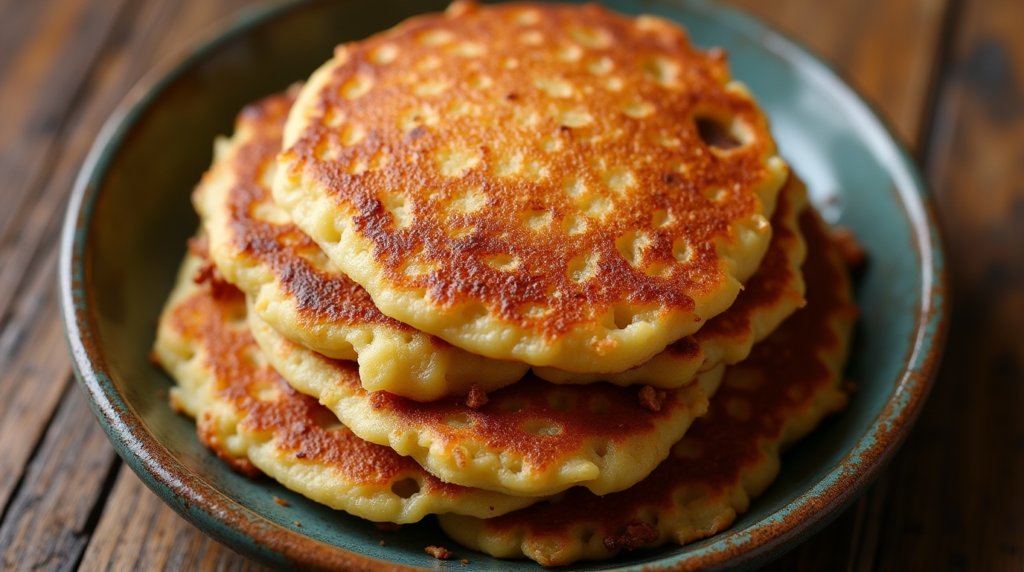
Tips and Tricks for the Best Hoecake Recipe
To ensure your hoe cakes turn out perfectly every time, here are some of our favourite tips:
- Don’t Make the Batter Too Thick: Hoe cakes are traditionally thin. The batter should be easily pourable. Adjust with a little more liquid if it seems too stiff.
- Hot Skillet is Key: A properly heated skillet with hot fat is essential for achieving those crispy edges. If the skillet isn’t hot enough, the hoe cakes can absorb too much fat and become greasy.
- Use Good Quality Cornmeal: The flavour of your cornmeal will shine through, so choose a good one. Stone-ground cornmeal often has a more robust flavour.
- Bacon Grease for Flavour: If you’re not vegetarian, frying your hoe cakes in bacon grease adds an incredible savoury depth that is very traditional for a **Southern hoe cake**.
- Don’t Overcrowd the Pan: Cooking too many at once will lower the temperature of the skillet, preventing them from getting crispy. Cook in batches.
- Resting the Batter (Especially with Hot Water): Letting the batter prepared with hot water sit helps the cornmeal to fully hydrate and soften, enhancing the texture.
- Experiment with Thickness: Some prefer ultra-thin and lacy hoecake, while others like it a tiny bit thicker. Adjust the amount of batter you pour for each cake to find your preference.
Variations: Beyond the Basic Hoe Cake Recipe
While the simple, traditional hoe cake recipe is wonderful, there are many ways to adapt it:
- Sweet Hoe Cakes: Add a bit more sugar (1-2 tablespoons) to the batter. Serve with fruit, jam, or a dusting of icing sugar.
- Cheesy Hoe Cakes: Stir in 50g (about 1/2 cup) of grated sharp Cheddar or Monterey Jack cheese into the batter.
- Herbed Hoe Cakes: Add a tablespoon of finely chopped fresh herbs like chives, parsley, or a pinch of dried herbs like thyme or rosemary to the batter.
- Spicy Hoe Cakes: Introduce a touch of cayenne pepper or some finely diced jalapeño (remove seeds for milder heat) to the batter for a subtle kick.
- Johnny Cakes Variation: Some **Johnny cakes** recipes incorporate a modest quantity of flour with the cornmeal, and occasionally an egg or a raising agent such as baking powder, which results in a somewhat fluffier and more pancake-like texture. Feel free to experiment by adding a tablespoon or two of plain flour and a pinch of baking powder to our base hoecake recipe.
- With Cracklings: For a truly old-fashioned Southern treat, add some crispy pork cracklings (finely chopped) to the batter.
YouTube Video Suggestion:
Serving Your Delicious Homemade Hoe Cakes
Hoe cakes are incredibly versatile and can be savoured in numerous ways. Here are some of our favourite serving suggestions:
- Classic Breakfast/Brunch: Serve warm with a generous pat of butter and a drizzle of maple syrup, honey, or golden syrup.
- With Savoury Toppings: Top with a fried egg, crumbled bacon, or sausage gravy.
- As a Side Dish: They make a wonderful accompaniment to Southern-style meals like fried chicken, collard greens, black-eyed peas, or pulled pork. They’re great for soaking up sauces!
- With Soups and Stews: Use them instead of bread to dip into hearty soups or stews.
- Sweet Treat: Serve with fresh fruit and whipped cream for a simple dessert.
The Difference Between Hoe Cakes and Johnny Cakes
The terms “hoe cake” and “Johnny cake” (sometimes spelled “jonnycake” or “journey cake”) are often used interchangeably, and indeed, they share a common ancestry as simple cornmeal flatbreads. Both are stalwarts of early American and Southern cuisine. However, there can be subtle regional differences:
- Hoe Cakes: As we’ve discussed, these are traditionally very simple, often just cornmeal, salt, and hot water, fried thin and crispy.
- Johnny Cakes: Recipes for Johnny Cakes can vary more widely. Some are very similar to hoe cakes. Others, particularly in New England, might include flour, eggs, milk or buttermilk, sugar, and leavening agents, resulting in a thicker, softer, more pancake-like product. Rhode Island even has specific laws defining what constitutes an “authentic” Rhode Island Johnnycake!
For our purposes, our base hoecake recipe leans towards the simpler, crispier Southern tradition, but as we mentioned in the variations, you can easily adapt it to be more like some versions of a Johnny cake.
Internal Link Suggestions (Replace placeholders with actual links):
- Explore our recipe for Cloud Cake.
- Discover more Dessert recipes.
- Check out our guide to the Banana Split Cake Recipe.
External Link Suggestion:
- For a deeper dive into the history of cornmeal and its role in American cuisine, the Southern Foodways Alliance website is an excellent resource with many articles and oral histories.
Frequently Asked Questions (FAQ) about Hoe Cake Recipe
What kind of cornmeal is best for a hoe cake recipe?
We recommend using fine or medium-grind cornmeal, either yellow or white. Stone-ground cornmeal will give a more rustic texture and robust corn flavour. Avoid using cornflour (cornstarch) or instant polenta, as they will not produce the correct texture.
Can I make hoe cakes ahead of time?
Hoe cakes are definitely best enjoyed fresh and hot from the skillet to appreciate their crispy edges. However, you can make the batter an hour or two ahead and keep it covered in the refrigerator. If they do cool down, you can briefly reheat them in a dry skillet or a warm oven, but they may lose some of their initial crispness.
Why are my hoe cakes not crispy?
There are a few reasons your hoe cakes might not be crispy: your skillet wasn’t hot enough when you added the batter, you overcrowded the pan (lowering the oil temperature), your batter was too thick, or you didn’t use enough fat for frying. Ensure the fat is shimmering hot and cook in batches if needed.
Can I use self-raising cornmeal for this hoe cake recipe?
Self-raising cornmeal already contains leavening agents (like baking powder) and salt. If you use it, you should omit the salt and any additional leavening called for in simpler hoe cake recipes. It will likely result in a slightly fluffier, less traditional hoe cake, more akin to some Johnny cake variations.
Are hoe cakes the same as cornbread?
No, not exactly. While both are made from cornmeal, traditional cornbread is typically baked in an oven, often contains eggs, leavening agents, and flour, and has a thicker, more cake-like or bread-like texture. Hoe cakes are much thinner, pan-fried, and often have a crispier texture, more like a cornmeal pancake or flatbread.
Conclusion: A Taste of Simple Comfort with Our Hoe Cake Recipe!
We truly hope you’re inspired to try our classic hoecake recipe! It’s a wonderfully simple yet profoundly satisfying dish that connects us to a rich culinary heritage. The beauty of hoe cakes lies in their unpretentious nature – a few basic ingredients transformed into golden, crispy delights that can be enjoyed in so many ways.
Whether you’re looking for a quick and easy breakfast, a delightful accompaniment to a Southern feast, or just a taste of comforting nostalgia, these **homemade hoe cakes** are sure to please. So, get out your skillet, mix up a batch of batter, and enjoy the simple pleasure of a perfectly cooked **Southern hoe cake**.
We’d love to hear about your hoe cake adventures! Did you try the hot water or buttermilk method? What are your favourite toppings? Share your experiences and photos in the comments below. And if you’re searching for more [traditional Southern recipes – insert relevant internal link] or [easy skillet dishes – insert relevant internal link], be sure to browse our site!

